Bringing a pet bird into your home brings joy and companionship, but with it comes the responsibility of creating a haven for your feathered friend.
Beyond the cozy confines of the cage, your living space may harbor unforeseen dangers that pose a threat to your avian companion’s well-being.
In this guide, we unveil 10 home dangers for pet birds that every responsible bird owner should be aware of.
From seemingly innocuous household items to common practices, these hazards can impact your bird’s health and happiness.
As we navigate through each potential peril, we aim to empower bird enthusiasts with the knowledge needed to fortify their homes and ensure a secure environment for their cherished avian companions.
Let’s delve into the intricacies of bird-proofing your living space and fostering a haven where your feathered friend can spread its wings without worry.
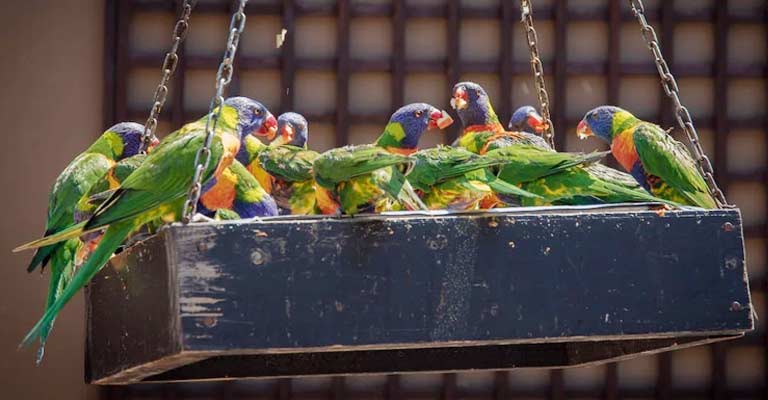
10 Home Dangers for Pet Birds
Now, we’ll explore 10 common home dangers for pet birds, equipping you with the knowledge needed to protect your feathered friend and create a hazard-free haven.
1. Toxic Houseplants
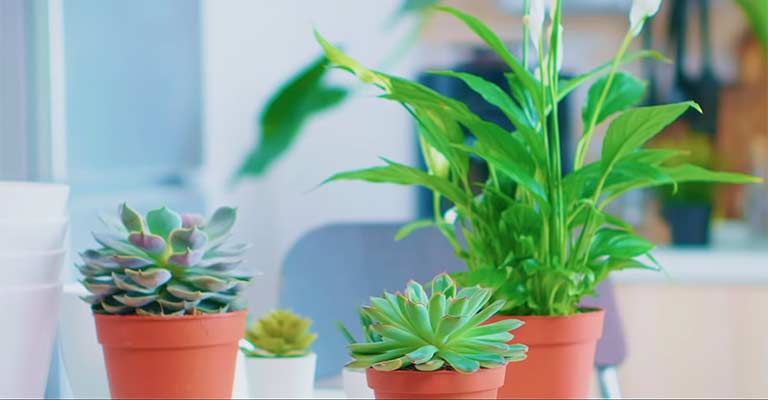
Many common houseplants can be toxic to birds if ingested. Ensure your home is adorned with bird-friendly greenery, steering clear of plants like philodendrons, dieffenbachia, and ficus, which can be harmful to your feathered friend.
2. Non-Stick Cookware
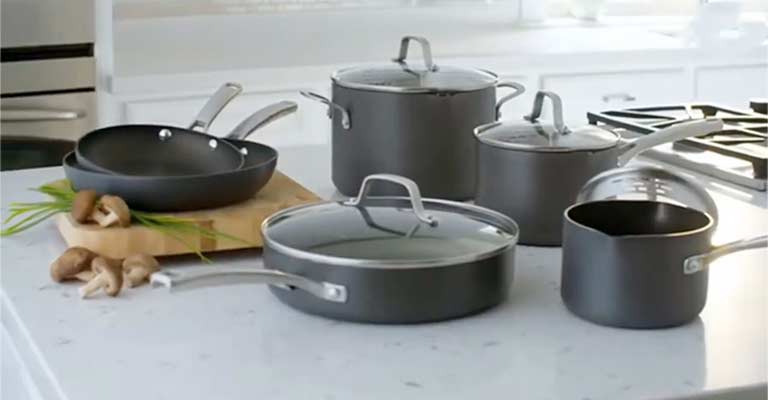
The fumes emitted from overheated non-stick cookware can be fatal to birds. Opt for alternative cooking materials such as stainless steel or cast iron to prevent the release of toxic gases that can harm your pet bird’s respiratory system.
3. Candles and Air Fresheners
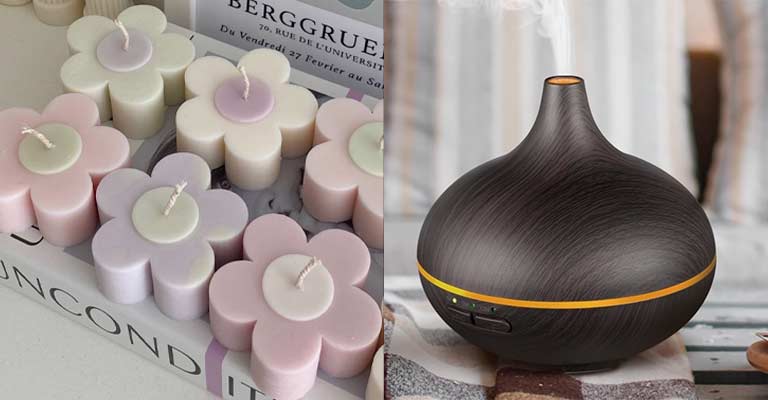
Scented candles and air fresheners often contain chemicals that can be harmful to birds when inhaled. Choose natural alternatives or opt for fragrance-free options to maintain a bird-friendly atmosphere.
4. Open Windows and Ceiling Fans
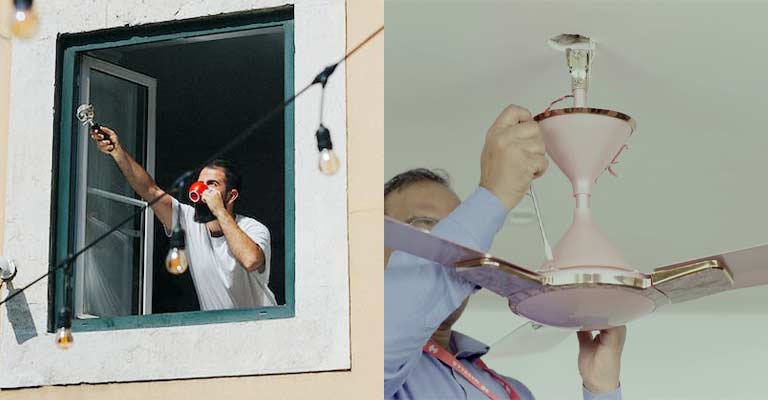
While fresh air is essential, open windows and ceiling fans can pose dangers. Birds may fly into windows, and ceiling fans can cause serious injuries. Use window screens and supervise your bird’s interaction with open spaces.
5. Electrical Cords
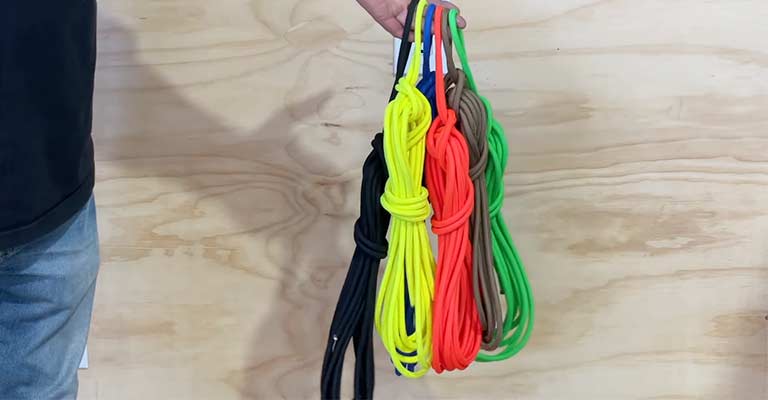
Curious beaks may find electrical cords enticing, posing a risk of electrocution. Conceal or protect cords with cord covers to prevent accidental bites and potential hazards.
6. Household Cleaners
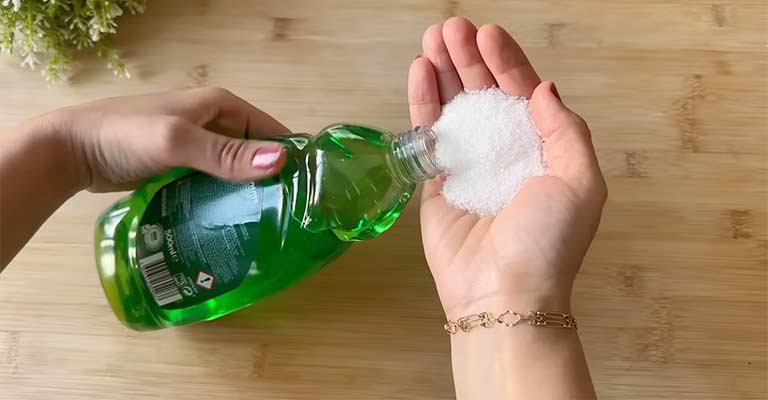
Common household cleaners often contain harsh chemicals that can be toxic to birds. Use bird-safe cleaning products or ensure thorough ventilation when using conventional cleaners, keeping your pet bird in a separate, well-ventilated area.
7. Inadequate Cage Placement
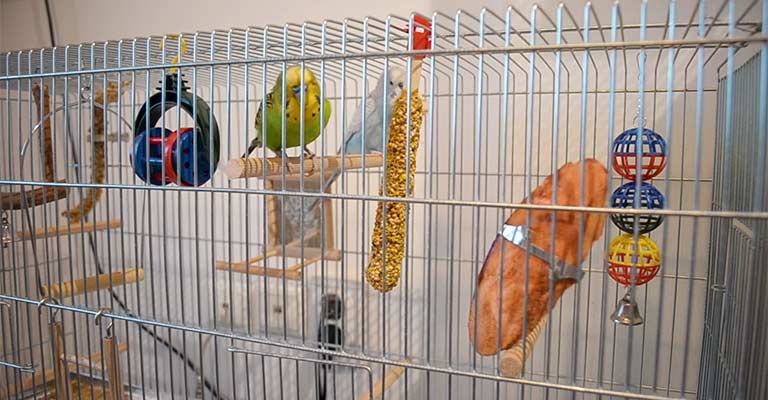
Placing your bird’s cage in high-traffic areas or near hazardous items invites potential dangers. Keep cages away from busy thoroughfares, kitchens, and locations with exposure to extreme temperatures or direct sunlight.
8. Unsecured Windows and Mirrors
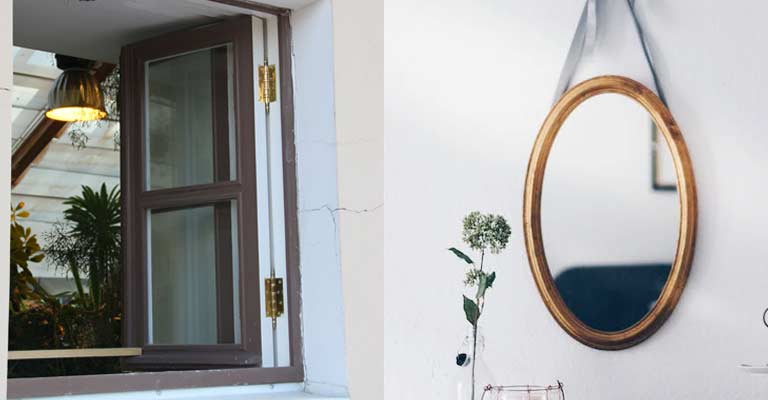
Birds may perceive reflections as rivals and engage in aggressive behaviors, leading to injuries. Covering windows and mirrors or rearranging cage placement can prevent these potentially harmful interactions.
9. Teflon-Coated Products
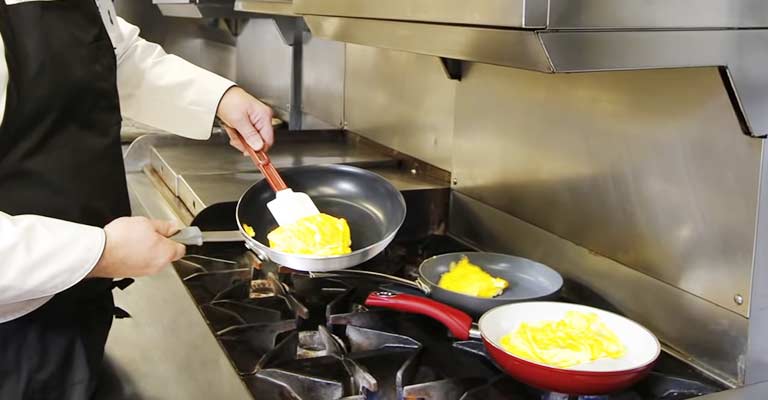
Beyond cookware, Teflon-coated products like irons and space heaters can emit harmful fumes when overheated. Avoid using such items around your pet bird and opt for safer alternatives.
10. Inadequate Veterinary Care
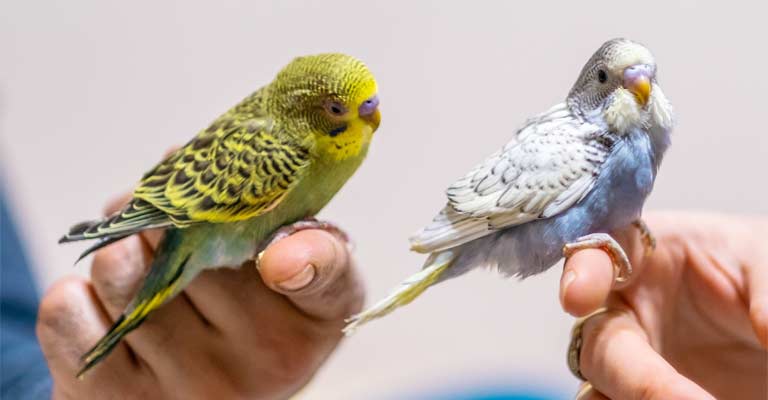
Regular veterinary check-ups are crucial for ensuring your pet bird’s health. Ignoring signs of illness or neglecting routine examinations can lead to undetected health issues, jeopardizing your bird’s well-being.
How Do I Make My Home Fully Safe for Pet Birds?
Ensuring a safe environment for your pet birds is crucial for their well-being. Creating a bird-friendly home involves addressing various aspects of their living space. Here’s a comprehensive guide on how to make your home fully safe for pet birds.
Cage Placement and Secure Cage
Position the birdcage in a quiet, draft-free area away from direct sunlight and heating/cooling vents. Avoid placing it in the kitchen due to potential exposure to fumes from cooking appliances.
Ensure the birdcage is securely fastened and stable to prevent accidental falls. Use a cage with appropriate bar spacing to avoid escapes or injuries.
Non-Toxic Materials and Ventilation
Furnish the cage with non-toxic toys, perches, and materials. Avoid using materials like lead-based paints, zinc-coated items, or toxic woods, as these can pose serious health risks to birds.
Maintain good air circulation in the room, but avoid drafts. Stale or contaminated air can impact respiratory health, so regular ventilation is essential.
Safe Flooring and Safe Plants
If your bird is allowed out of the cage, ensure the flooring is safe. Avoid slippery surfaces and remove any potential hazards like electrical cords or small items that could be ingested.
Ensure that any indoor plants are non-toxic to birds. Many common houseplants can be harmful if ingested, so research and choose bird-safe options for your home.
Eliminate Toxic Substance and Cooking Safety
Keep harmful substances out of reach. Remove or secure items like cleaners, pesticides, and certain houseplants that can be toxic to birds. Be cautious with scented candles and air fresheners as well.
When cooking, be mindful of the bird’s proximity to the kitchen. Cooking fumes and overheated cookware can release toxins harmful to birds. Use non-stick cookware cautiously, as overheating can produce toxic fumes.
Secure Windows and Mirrors and Temperature Control
Birds may not recognize glass surfaces and can fly into windows or mirrors. Place decals or blinds on windows to prevent collisions and injuries.
Maintain a comfortable temperature for your birds, typically between 65-80°F (18-27°C). Avoid extreme temperature fluctuations, as birds can be sensitive to drafts and temperature changes.
Avoid Ceiling Fans and Pet-Safe Furniture
Keep ceiling fans turned off or use them cautiously when your bird is out of the cage. Birds may not perceive fan blades as obstacles and can get injured if they fly into them.
Choose bird-safe furniture, avoiding pieces with sharp edges or toxic finishes. Keep in mind that birds may chew on furniture, so select materials that are safe for them.
Regular Veterinary Check-ups and Social Interaction
Schedule regular check-ups with an avian veterinarian to monitor your bird’s health and detect any potential issues early on. A proactive approach to healthcare is crucial for a bird’s well-being.
Spend quality time with your bird to prevent boredom and stress. Provide mental stimulation through toys, puzzles, and interactions to ensure a happy and healthy pet.
Grooming Safety and Quarantine New Birds
Be cautious with grooming tools. Use only bird-safe nail clippers and avoid cutting too close to the quick. Consult with a veterinarian or a professional groomer for guidance on proper grooming techniques.
If introducing a new bird to your home, quarantine it in a separate area for a few weeks to ensure it is healthy and free of contagious diseases.
Secure Electrical Cords and Water Safety
Birds may chew on electrical cords, posing a serious risk of injury or electrocution. Use cord organizers or protective coverings to prevent access.
Always provide clean and fresh water in bird-safe containers. Monitor water levels and cleanliness regularly to prevent contamination.
Avoid Small Objects and Emergency Preparedness
Birds may be curious and explore with their beaks. Remove small objects that could be swallowed or pose a choking hazard.
Familiarize yourself with avian emergency procedures. Have the contact information for an avian vet and know the location of the nearest avian emergency clinic.
Use Homemade Disinfectant
To create a bird-safe disinfectant, mix water, white vinegar, and a small amount of tea tree oil. Tea tree oil has natural disinfectant properties.
Ensure the solution is well-diluted, as essential oils can be potent. Test a small area first to ensure your bird is not sensitive to the scent.
Creating a safe home for your pet birds requires ongoing vigilance and attention to detail. By addressing these various aspects of their environment, you can provide a secure and nurturing space that promotes the well-being and happiness of your feathered companions.
FAQs
What are common household dangers for pet birds?
Pet birds are susceptible to various household dangers, including toxic fumes from non-stick cookware, scented candles, and certain cleaning products. Other hazards include open windows or doors, ceiling fans, and small objects that birds may ingest.
How can I make my home safe for my pet bird?
To create a safe environment for your pet bird, avoid using non-stick cookware and be cautious with scented candles or air fresheners. Keep windows and doors closed when your bird is out of its cage, secure ceiling fans, and eliminate access to small items that could be harmful if ingested.
What household plants are toxic to pet birds?
Several common household plants can be toxic to pet birds, including philodendrons, poinsettias, and lilies. It’s essential to research and remove any potentially harmful plants from your bird’s environment. Opt for bird-safe plants if you want to introduce greenery into your home.
How can I prevent accidental poisoning in my pet bird?
To prevent accidental poisoning, store all cleaning products, medications, and other potentially toxic substances out of reach of your pet bird. Be cautious when using aerosol sprays, as the fine particles can be harmful when inhaled by birds.
Why is proper ventilation important for pet birds?
Adequate ventilation is crucial for pet birds to ensure the circulation of fresh air and prevent the buildup of harmful fumes. Avoid using aerosol sprays, strong cleaning chemicals, or paints in the same room as your bird.
Conclusion
As devoted bird owners, safeguarding our homes against potential threats is paramount to ensuring the longevity and well-being of our cherished feathered companions.
The journey through the 10 home dangers for pet birds has shed light on the unsuspecting hazards that may lurk within our living spaces.
From toxic substances to everyday items with hidden risks, being vigilant and proactive is key to creating a haven for our avian friends.
Regularly assessing and modifying our homes, along with maintaining open communication with avian veterinarians, will go a long way in fostering a happy, healthy life for our feathered friends.
By taking these precautions, we not only enhance the quality of life for our pets but also strengthen the bond we share with these captivating and intelligent companions.
Let our homes be sanctuaries where our pet birds can soar freely, knowing they are shielded from harm in the loving care of responsible and informed owners.